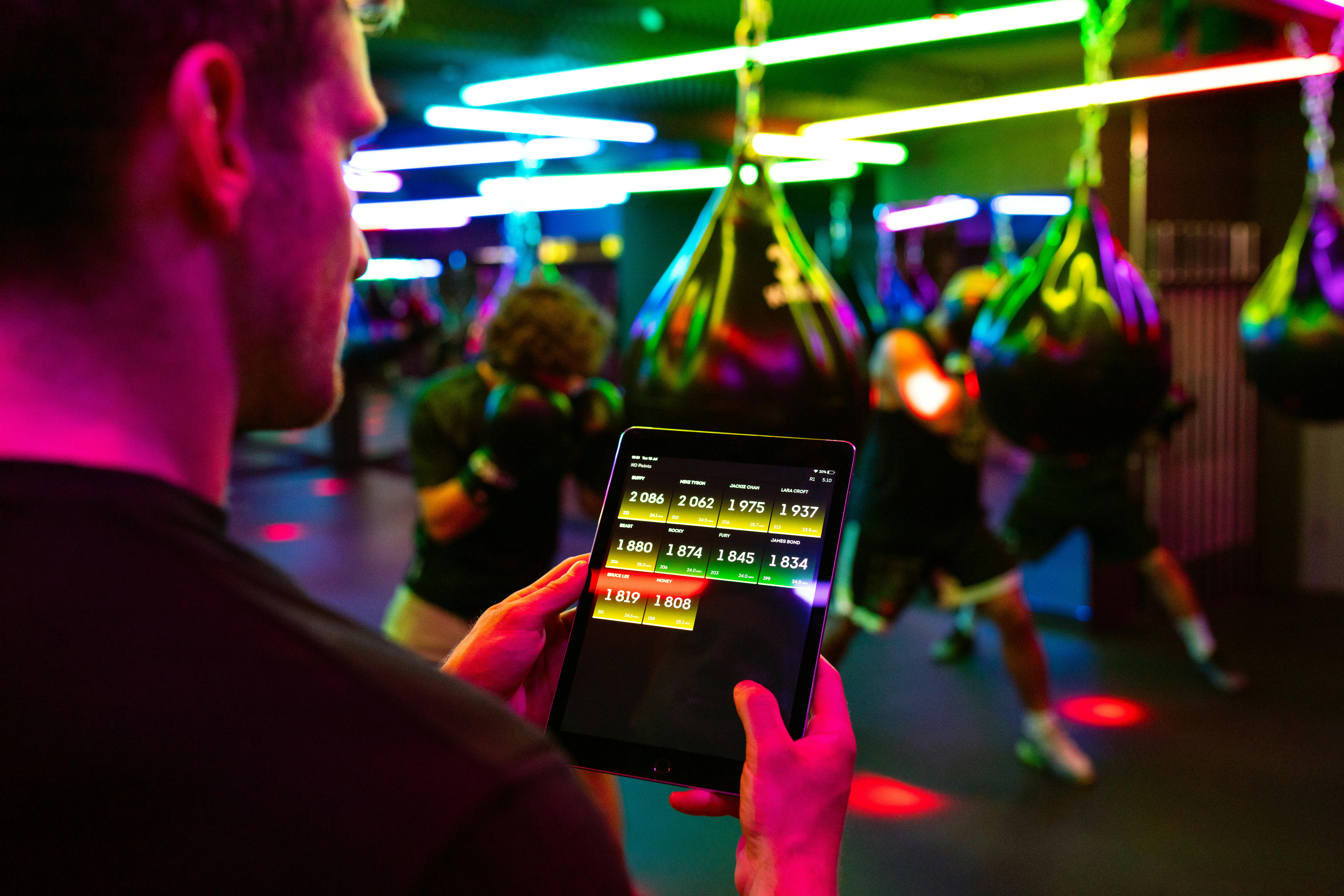On average, an individual should engage in 150 minutes of aerobic activity
or 75 minutes of intense aerobic activity per week, ideally spread out
throughout the week, or a combination of the two”
The American Heart Association (AHA)
As you are well aware, in this fast-paced world of today, maintaining one's
physical fitness and health has become crucial for everyone on the planet,
not just athletes. To witness this I got the chance to go to a neighborhood
gym in my area and appreciate how committed individuals are to their
physical and overall well-being. From being simple leisure facilities to active
business hubs, nowadays gyms serves as centers for both improved life and
increased income. People workout under the guidance of certified trainers,
driven by a shared dedication to well-being.
As abstract as the idea of owning a gym is, owning a gym is profitable more
than you think because beyond the individual benefits owners profit from
providing upscale services like spa treatments, nutrition counseling, and
personal training. Gyms' attractiveness as lifestyle destinations is further
enhanced by celebrity endorsements and partnerships with wellness brands.
Although the capital costs of the gyms equipment and facilities can be
substantial, the ongoing operating costs are relatively low compared to
other businesses.
“Gym equipment and facilities can require a large initial investment, but
compared to other enterprises, the continuous operating expenditures are
quite minimal”
Nick bare (a fitness couch and founder of BPN-bare performance nutrition
In contrast to the golden age when gyms solely featured equipment,
technology is now extensively utilized. Everything has changed with the
introduction of fitness apps.Fitness apps are estimated to have an annual
income range of hundreds to millions of dollars. Numerous fitness apps have
achieved success through in-app purchases, subscription models, and
collaborations with other fitness firms in response to the growing need for
digital fitness solutions. For instance, Nike Inc., the company that controls
the "Nike Training Club" app, claims that its 18 million users bring in about
$54 million a year. Similarly apps like MapMyRun and Runkeeper are used
by millions and generates lots of money.
While fitness apps offer easy, customized exercise solutions, money
management is one area that every gym owner masters in order to develop
maximum profits. For fitness applications and clubs to be profitable and
sustainable, effective financial management is essential.
To maintain a healthy cash flow, tracking and analysis of income and
expenses are required. Adopting sound budgeting procedures facilitates
resource allocation that is efficient, reduces wasteful spending, and
maximizes operating expenses. Frequent performance evaluations and
financial audits help pinpoint areas that could benefit from investments and
cost reductions.
Overall, according to Vincent Liam, a certified trainer with a B.S. in
kinesiology, “when run well, gyms and fitness apps can offer individuals a
number of health benefits, including improved mental, emotional, and
cognitive functions”. Hence, it is crucial that every individual harvests these
benefits for a better life.






